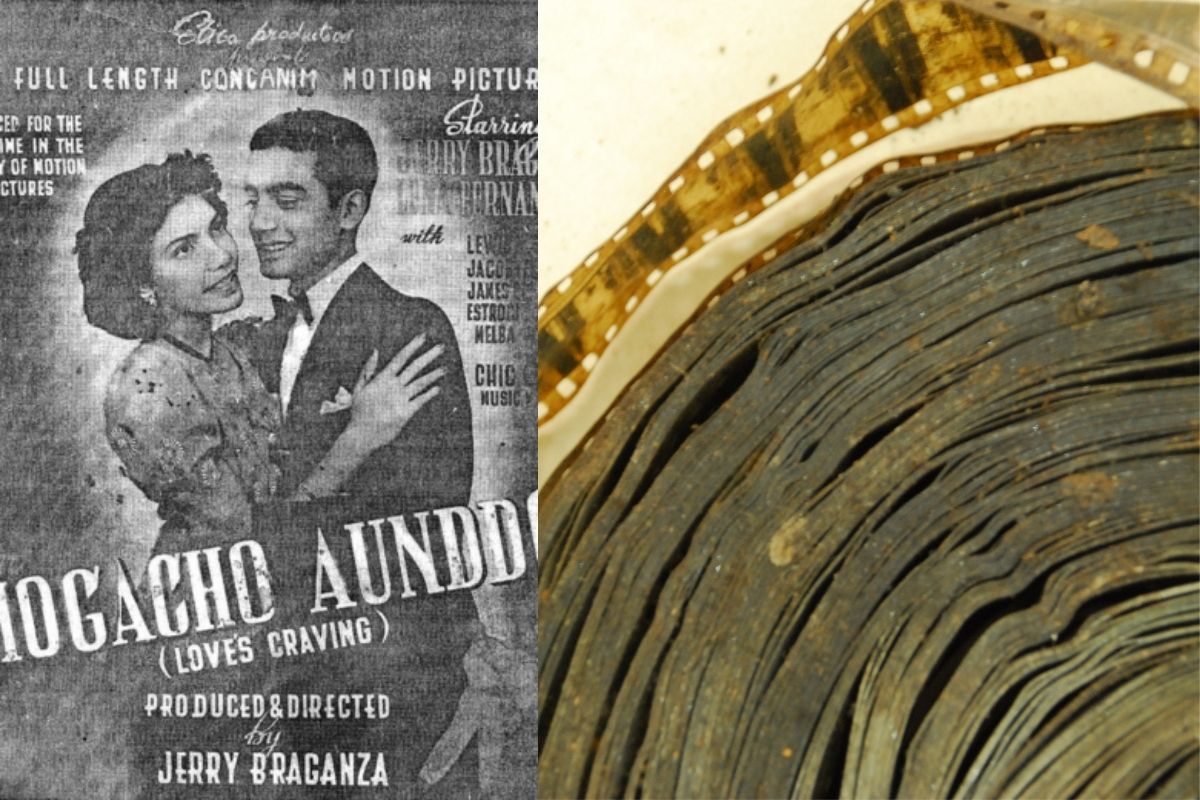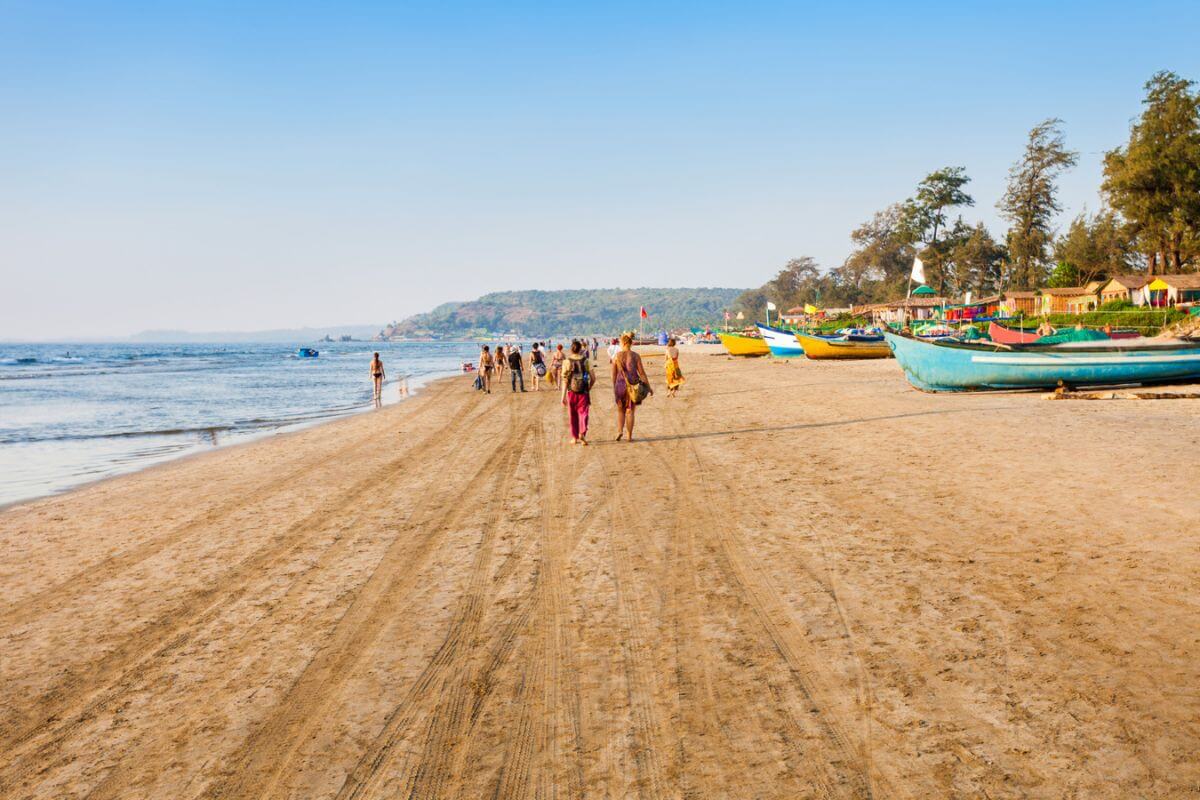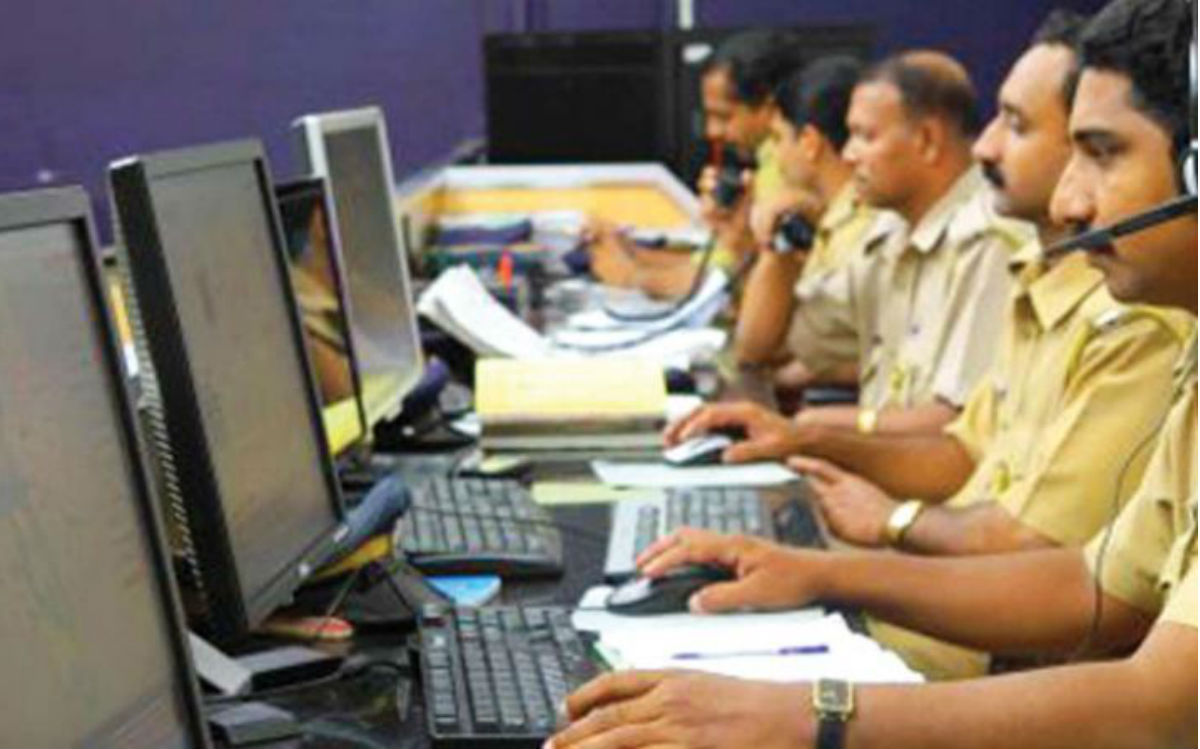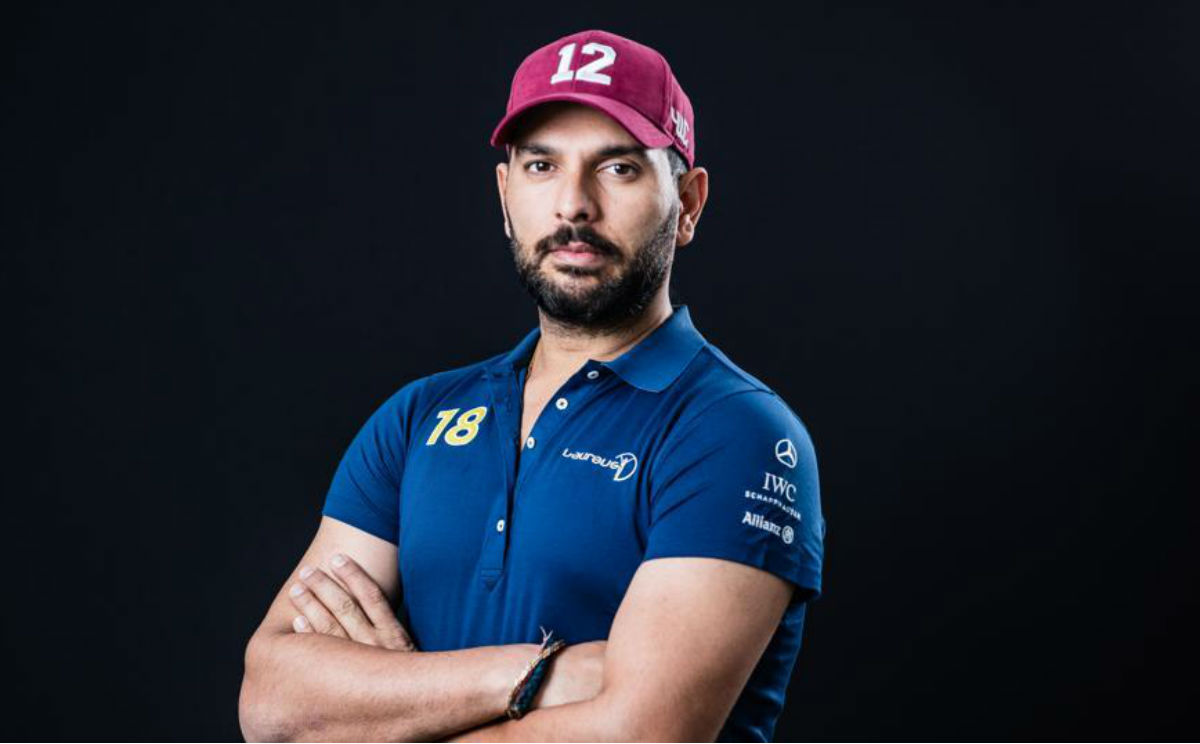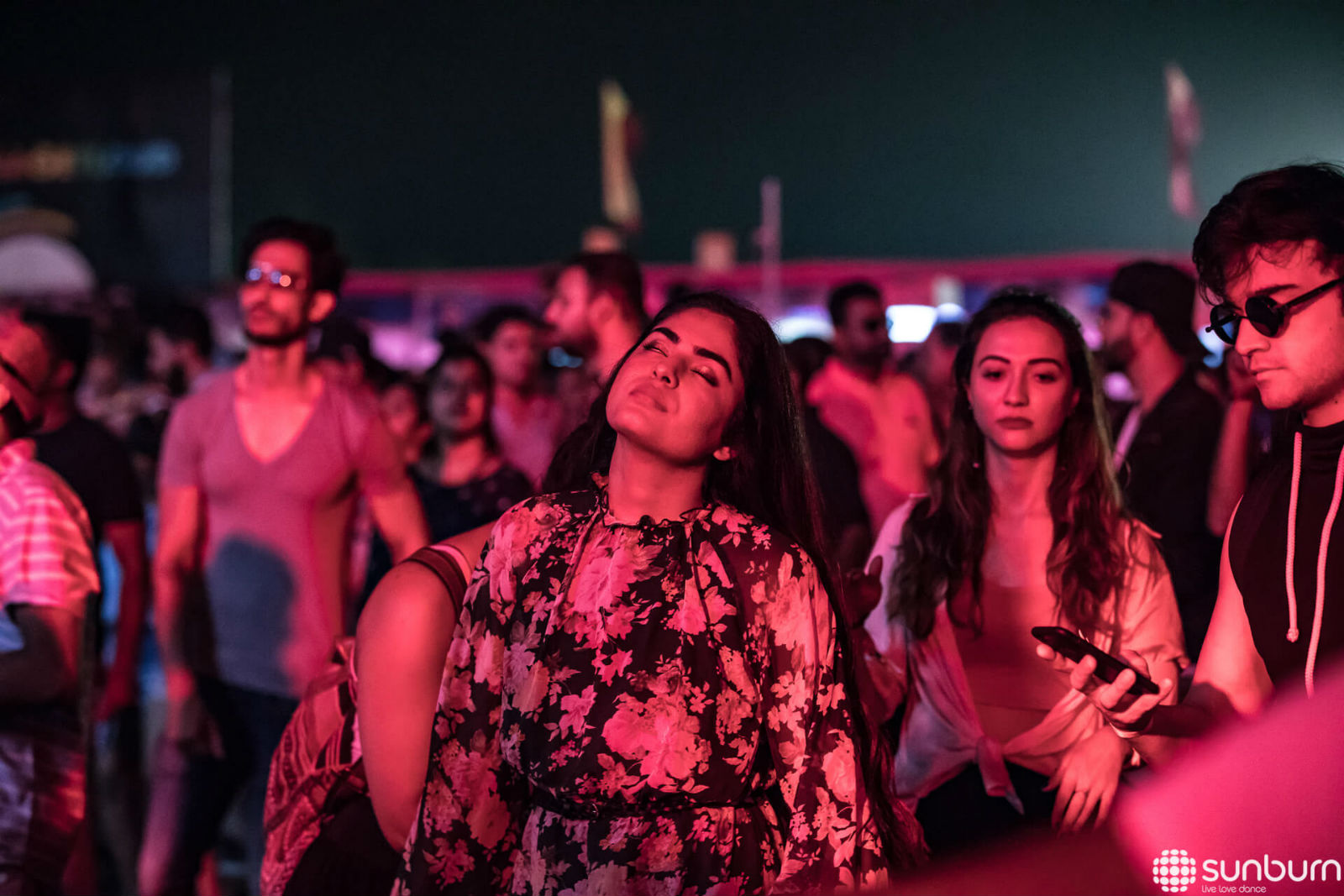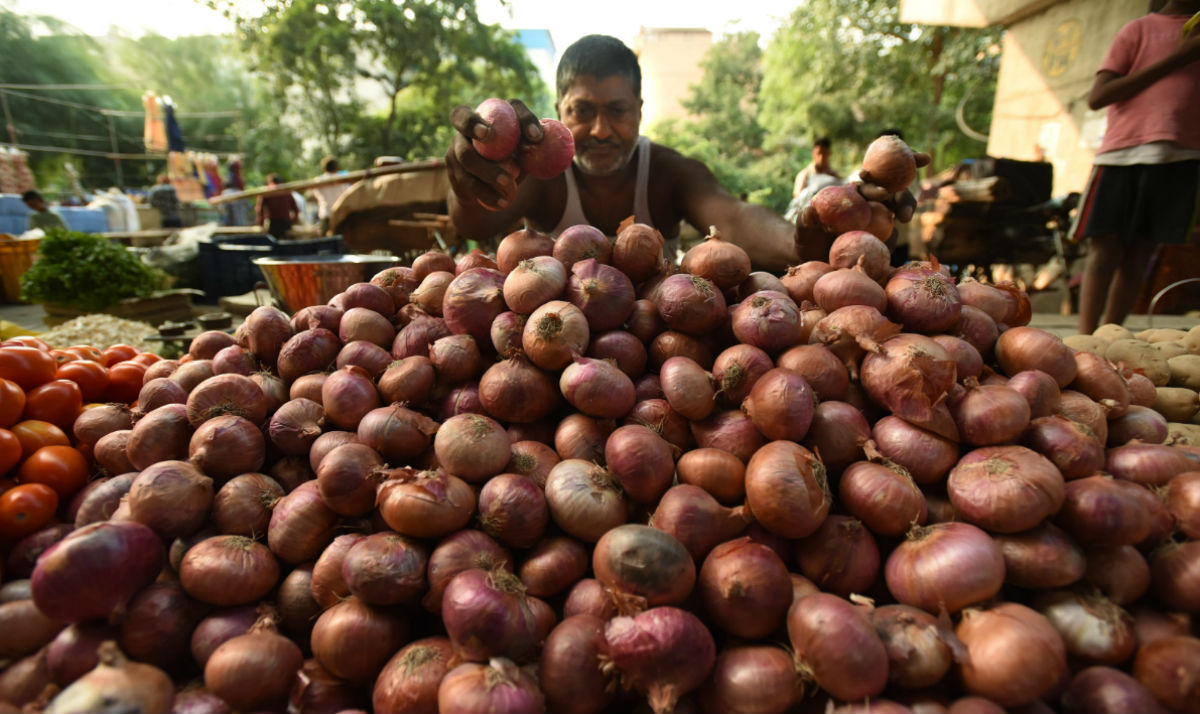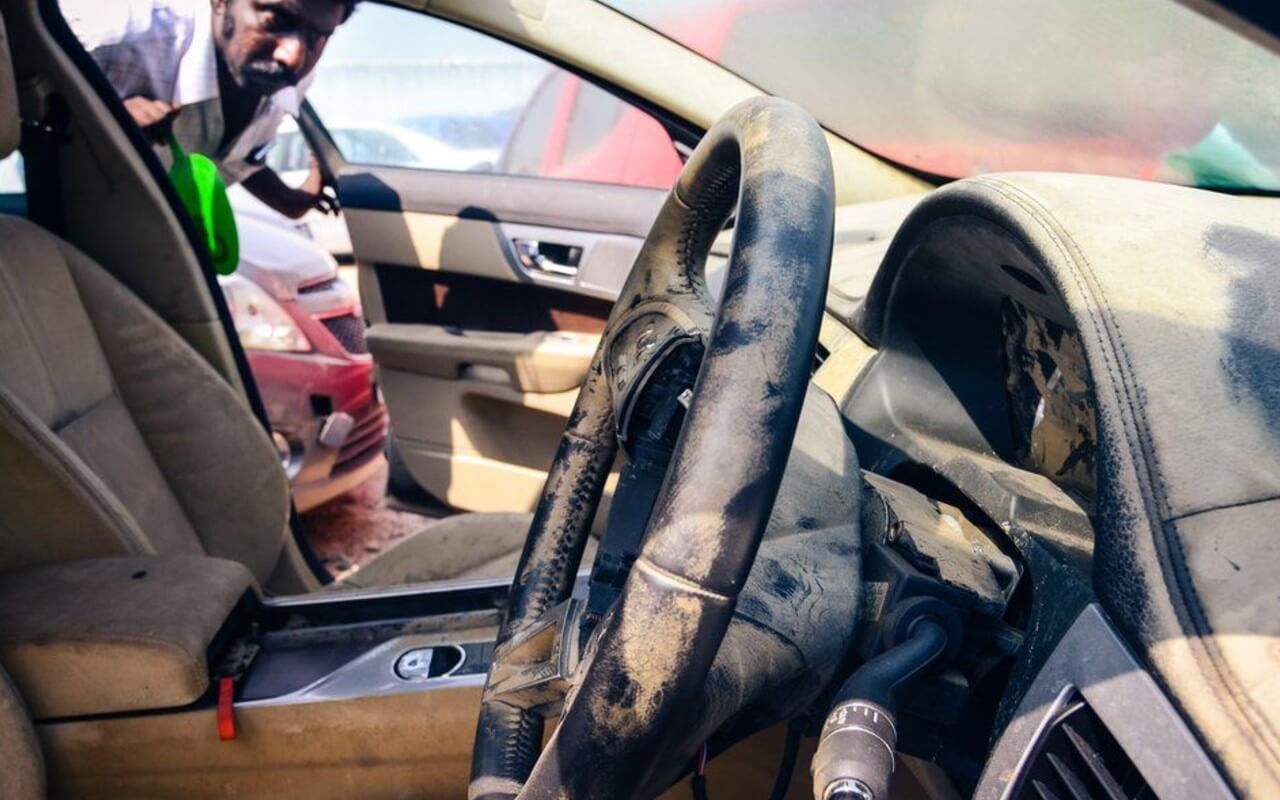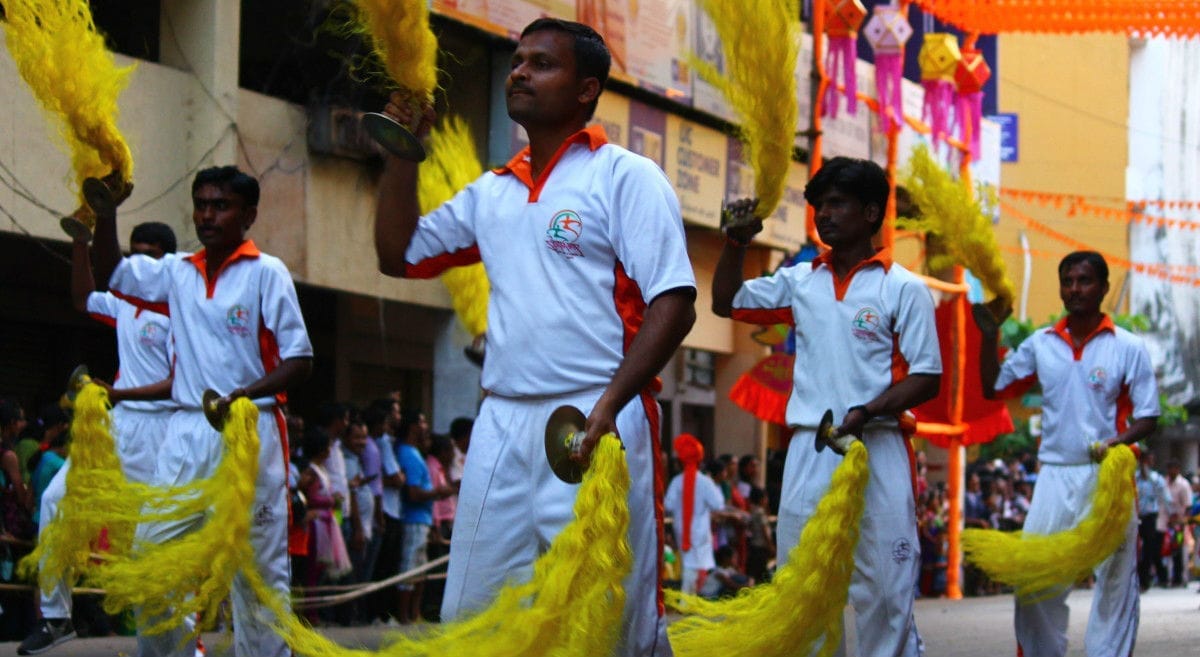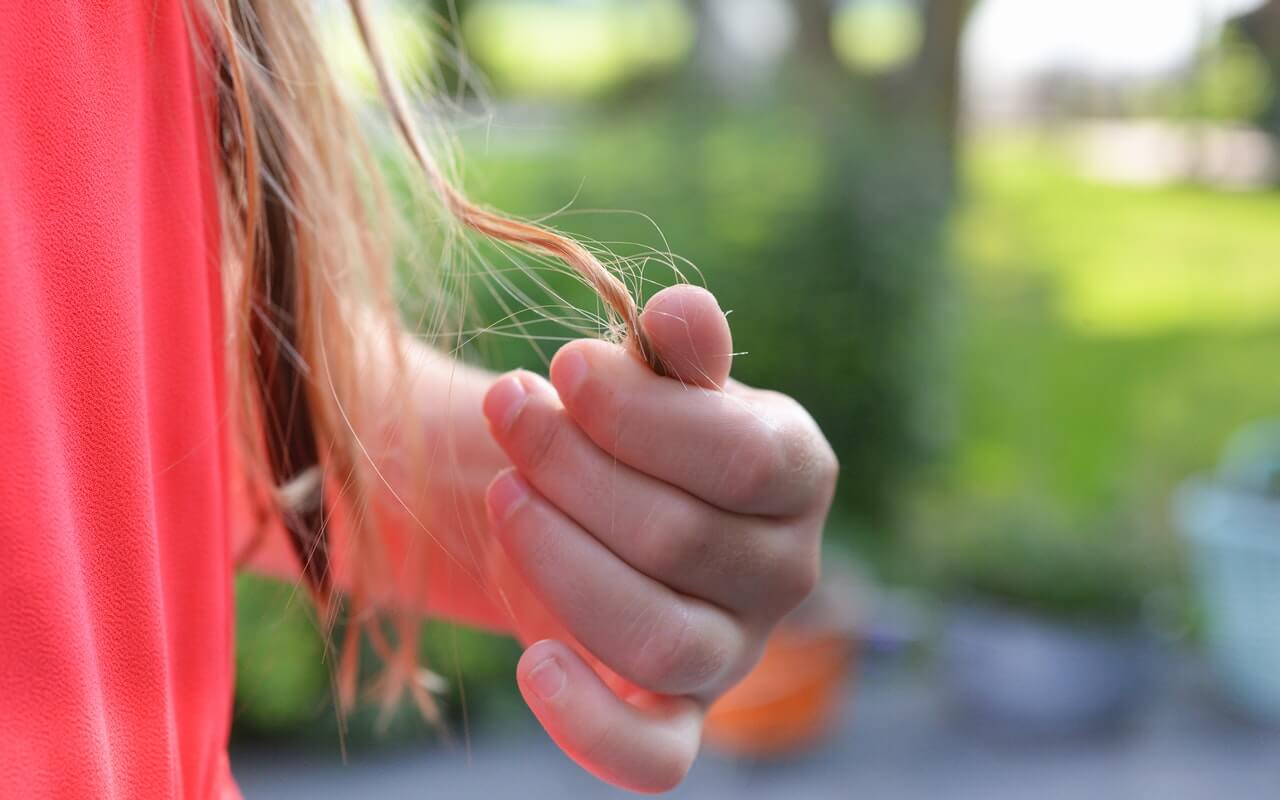The Goan film industry had started back in 1950 with Goa’s first Konkani film produced and directed by Mapusa based Al Jerry Braganza and it was released in Goa and Mumbai simultaneously. The movie created a landmark in the Konkani film industry by attaining the status of ‘Hit Film’ of that time that had been watched by Goans more than 4 to 5 times.
The Konkani Film “Mogacho Aunddo” was first screened on 24th April 1050 in Goa at Dashrat Cinema in Mapusa followed by Rivoli theatre in Matunga (Mumbai) and Star theatre in Mazagaon (Mumbai) and subsequently it was exhibited at Mumbai’s famous Liberty Theatre situated in Dhobi Talao. These are the places in Mumbai where huge Goan population resides.
“The film was a hit then and many Goans watched it 4-5 times,” recalled Konkani writer Isidore Dantas.
Although the ‘Mogacho Aunddo’ is considered to be the first Konkani Film because it was released in the theatres, but if we look back into the history of Konkani Film industry, the first full-length Konkani film was ‘Sukhi Konn’ produced by GMB Rodrigues in 1949 but it was never released in the theatres.

The Mogacho Anvddo, produced and directed by Mr Braganza was released in the theatres in 1950 making it the debut film of Kinkani Film Industry and hence, the 24th April is celebrated as Konkani Film Day.
Konkani film industry is very small compared to other regional language cinemas due to its limited viewership. Goans live only in some parts of Maharashtra and Karnataka, in India making it difficult for the producers to recover their investments, but still there are around close to 100 films were produced between 1949 to 2020.
The First Inning of Konkani Films
There are few films produced by the Goan Directors that has achieved a success beyond the local boundaries. Followed by the Mogacho Aunddo, Amche Noxib (1953) and Nirmon (1966) produced by Franklin Fernandes achieved substantial success. Another movie that broke the records of all the Konkani films was Bhuierantlo Munis (1977) it was produced under the banner of Chripton Motion Pictures by Tony Coutinho and Chris Perry and released in 1977.
The Second Inning of Konkani Films
Perhaps the Bhuierantlo Munis (1977) was the last film of the first inning of the Konkani movie as since then no film was produced that would match the quality of these movies, and then the second Inning of Konkani Movie started with the production of film “Aleesha” (2004) by Rajendra Talak, who also directed this film. Aleesha achieved a great heights of success in Goa and abroad.
After the success of Aleesha, Rajendra Talak made couple more blockbusters like, ‘saavariyaa.com’ (2010) and ‘O Maria’ (2011)
The Third Inning of Konkani Films
The third inning of the Konkani film started with the release of the all time blockbuster Konkani film ‘Nachom-ia Kumpasar’ produced and directed by the Goan film producer settled in Mumbai Bardroy Barretto and this film broke the record of all the films combined together and became the all time hit in the history of Konkani film Industry.
The success of Nachom-ia Kumpasar gave the ray of hope to the stagnant Konkani film industry to create some good content and they realised that if content is good then it will surely sell and that lead to many good films produced since 2015.
Restoration Process of Mogacho Aunddo
Mogacho Aunddo, is the first Konkani film that was taken up for the restoration after almost 70 years. According to the reports, the film has finally crossed its first and biggest hurdle in the restoration process – The film has been saved.
It was Al Jerry’s nephew Angelo Braganza who handed over the reel of ‘Mogacho Aunddo’ to Dantas in 2010 during the release of one of his books. After searching high and low for someone who could restore it, he entrusted it to director Bardroy Barretto who handed it over to Dungarpur, the best man, he felt, for the job.
Shivendra Singh Dungarpur is a filmmaker and activist based in Mumbai. He is also the founder director of Film Heritage Foundation. After receiving the reel from Bardroy he submitted it to Italy based restoration laboratory situated in Bologna, Italy, in April this year and has recently returned back to the country with the good news.
“The reel is being treated by dehydration and rehydration in glass cases and monitored daily in the lab. A small part of the reel was scanned and we were able to see some rare images from the film. Recovery of sound is almost impossible as the audio is completely damaged. At least we have the images,” said Dungarpur told the Media.
According to him the reel was in terrible condition when he first his hands on it. “The reel was in a terrible condition when we started out—it had hardened and was too brittle to be opened. Everything was done manually and we’re proud that we have been able to save a part of our heritage. Nothing else survives of the film today,” he said.
According to him the film will need more time to recover and he feels that the 250-ft reel will be out of the lab in next two months. “The restored portion of the film so far is 2-3 minutes and we are planning a public screening after the reel is brought back to India,” he added.



